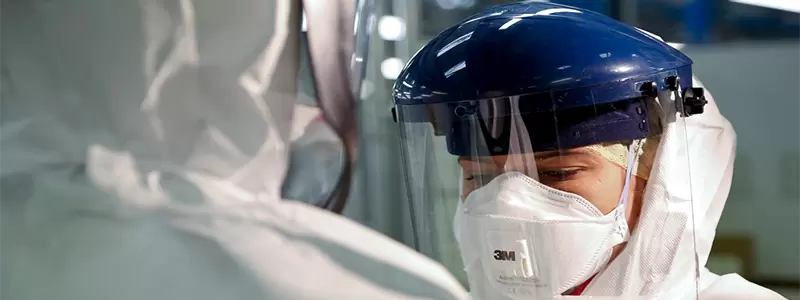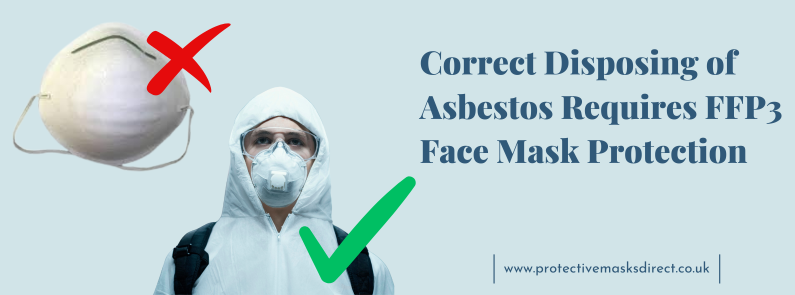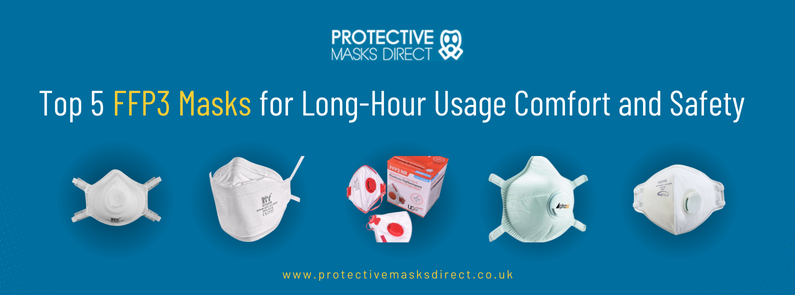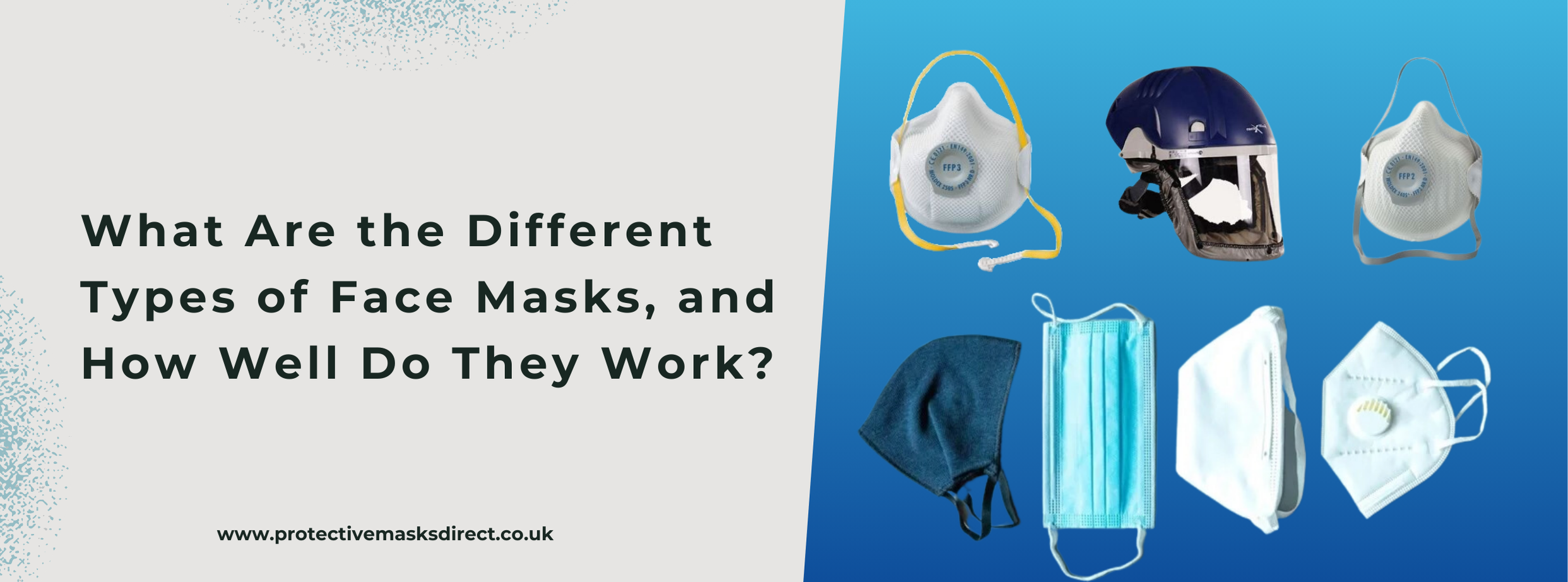According to the Personal Protective Equipment at Work Regulations 1992, all employers are required to provide appropriate Personal Protective Equipment (PPE) for workers who can be exposed to health and safety risks in their workplace. An updated European health and safety legislation on PPE has reiterated the need for mandatory use of protection such as PPE kits in work environments prone to risks.
Why is Using PPE Important?
PPE should be considered as a safety measure only after adequate efforts have been taken to control the work environment to avoid any hazards. Even with control systems in place, there can be health risks and threats to physical safety which include
- Head injury due to falling materials
- Eye injury due to flying particles or liquid splashing
- Skin injury due to contact with harmful materials
- Lung infection due to air contamination
- Hearing loss due to noise
Therefore, using quality hearing protection PPE and other protection is advisable for those working in potentially hazardous environments. In addition to ensuring the ready availability of PPE, proper training about the usage of the equipment is important.
Types of PPE
Selecting the right PPE is essential because different work environments can have different risks. Here are some of the common types of PPE
Head Protection
As per statistics, more than 80% of head injuries that occur in the workplace happen when the workers are not wearing head protection. Therefore, it is important to create awareness about how PPE can prevent serious injuries.
Helmets and head hats can protect the head from falling objects or impact from heavy objects. They can also be used for thermal insulation and protection against entanglement and laceration. PPE used for head protection should be fitted properly and have adjustable chin straps and napes according to requirements.
Extra PPE such as hard hats should be available for visitors in construction sites. A PPE kit may also be recommended for sites exposed to asbestos or other chemical hazards.
Eye Protection
Wood chips, dust, sparks or splashing of abrasive liquids can harm the eyes. Therefore, workers need to wear safety glasses, goggles, or face shields if there are such hazards in their workplace.
Regular Maintenance of eye equipment is important for effective protection. If safety lenses get cracked or scratched, it is advisable to replace them immediately because it can compromise the protection provided by the glasses.
Some sites may require the workers to wear masks and those with facial hair need to use the right dust mask for beards. Similarly, workers who wear prescription eyeglasses may also need to use equipment that accommodates their vision requirements.
Hearing Protection
Earplugs or defenders with different sound attenuations are available in the market. Suitable hearing protection must be selected according to the excess noise level in the workplace. The employees must also be instructed on how to wear earplugs and defenders properly.
Using headphones or earbuds might not be a healthy practice while using ear defenders. Cleaning the earplugs and earmuffs regularly must be encouraged to prevent infections. Disposable earplugs may be used to maintain the hygiene of the hearing protectors.
More than 90% of noise-induced hearing loss can be prevented by using hearing protection PPE. Hearing protection must be also compatible with other protective equipment such as helmets and head hats.
Respiratory Protection
Respirators, Protective hoods, and Disposable face masks are some of the equipment used for respiratory protection. Face fit testing may be required for certain types of respirators because the choice of respiratory protection will depend on the individual too.
Facial hair can obstruct the seal between the face and a respirator and therefore necessary guidelines must be followed by workers with beards. Employees may be advised to maintain facial hair such that it is not protruding into the sealing surface of the respirators. The function of hood type masks might not be restricted by facial hair but choosing the right dust mask for beards is important when using equipment that relies on face fit for protection.
Body Protection
In case the work environment involves chemical splashes or pressure leaks, wearing body protection is important. Coveralls and high-visibility clothing are some of the equipment for body protection. Workers exposed to extreme weather conditions for extended periods may also be required to wear body protection.
Body protection is often not preferred by workers because they think it might not be attractive or because it is uncomfortable and too hot. These considerations have to be kept in mind while choosing PPE for the workers. A PPE kit including gloves and boots can provide comprehensive protection in environments exposed to radioactive contamination or biological hazards.
Educating employers and workers about the gravity of the risks and how they can be avoided by wearing PPE can prevent disabilities, diseases, and deaths in workplaces. Choosing high-grade PPE that meet regulations and maintaining them by regularly cleaning them with wipes can reduce the incidence of work-related injuries and illnesses.





